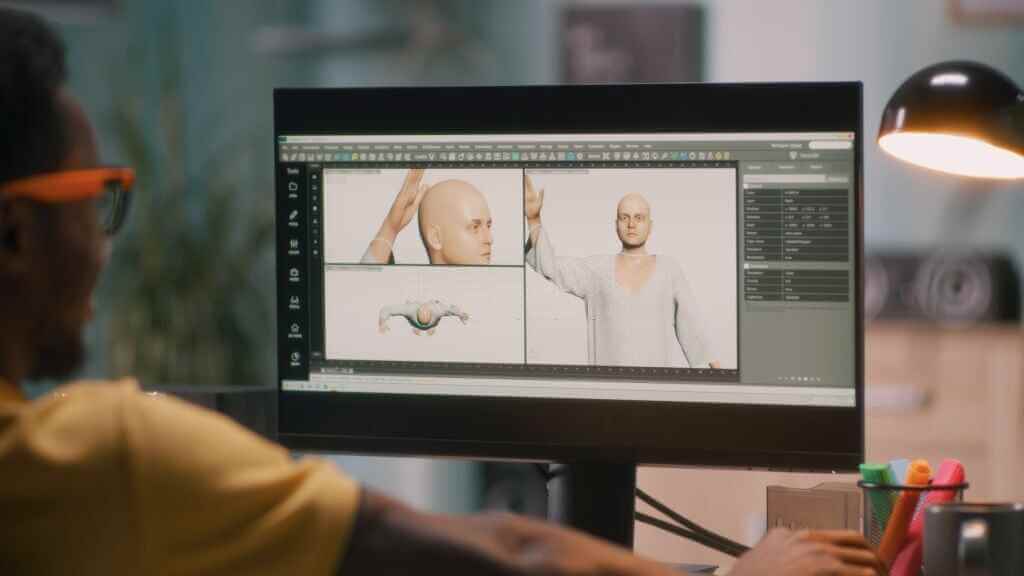When diving deep into the fascinating world of digital media, creating 3d models from video emerges as a groundbreaking technique. This methodology challenges one’s conventional understanding of media transformation and opens up a treasure trove of possibilities.
Picture this: a favorite movie scene, with its dynamic action and stellar performances, transformed into a still 3D model, ready for further digital manipulation. Exciting, isn’t it? This shift from the fluidity of film to the solidity of 3D models is an evolution that merits a deeper look.
Contents
1. The Evolutionary Leap: Transitioning From 2D To 3D
Historically, cinematic experiences were locked into two-dimensional screens. However, technological advancements have enabled a jump from this flat plane to the immersive realm of 3D. The once-passive audience can engage more directly with their favorite movie moments.
Extracting 3D models from videos isn’t just about converting dimensions; it’s about reimagining and reinventing how content can be experienced and interacted with.
2. The Intricate Dance of Pixels: Understanding The Conversion Process
You might wonder how extracting a three-dimensional object from a two-dimensional video is possible. This process is about understanding and decoding depth, shadows, and perspectives present in video frames. Multiple frames provide different viewpoints of a subject, and with the aid of algorithms and sophisticated software, these viewpoints can be synthesized to produce a 3D model.
This isn’t a mere replication; it’s digital alchemy, transforming the fleeting into the tangible. Adobe states, “Resolution is all about how much detail is contained within a space and will influence how well your 3D scan turns out in the end.”
3. Breathing New Life: Applications of Video-Sourced 3D Models
Once a 3D model is extracted from a video, the sky’s the limit regarding its applications. Designers can incorporate these models into video games, allowing players to interact with lifelike versions of their favorite cinematic characters. Architects and urban planners might use this technique to recreate detailed cityscapes or historical sites.
Artists can push boundaries, blending cinematic narratives with interactive installations. The blend of familiar with the innovative leads to creations that are fresh yet rooted in cultural memory.
However, while the potential is immense, there are inherent challenges in this conversion process. All video frames don’t lend themselves easily to 3D modeling. Factors like lighting, camera angles, and the motion blur inherent in fast-moving scenes can complicate the extraction process. Moreover, there’s a delicate balance to strike between accuracy and aesthetics. It’s a journey that requires patience, expertise, and a flair for innovation.
5. Gazing Into The Future: Where Does One Go From Here?
The confluence of cinema and digital modeling is just a glimpse of the digital renaissance on the horizon. As techniques refine and technologies advance, one might witness real-time conversions or even VR experiences sourced directly from films. The blending of these media forms reshapes not just how content is consumed but also how it’s conceptualized from the onset.
Conclusion
The journey from motion pictures to static figures offers a fresh perspective on the symbiotic relationship between cinema and digital creation. By harnessing film frames for 3D modeling, the media world is not just evolving; it’s transcending boundaries. And while the process may be steeped in complex algorithms and tech jargon, at its heart, it’s a celebration of art, innovation, and the endless possibilities when the two converge.




